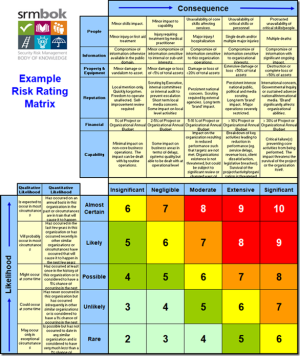Originally posted on July 27, 2015 @ 5:53 PM
With 10 tips at the end of the article on how to actively listen. See also:
Snap, Crackle, Pop. That’s the Sound we Love to Hear
The ‘Noise’ of Safety, Silence and Practicing of Mindfulness
 When I was in Year 12 I completed my 5th year studying German. Year 12 German was a challenge in Adelaide at the time especially as most of the kids in the class were of German descent and spoke German freely at home. Adelaide was the centre for German immigration in 1838 and were the largest immigrant population in Australia until 1914. I’m certainly glad that the first ship of German immigrants (Lutheran dissenters) were wine growers. (A visit to Handorf is a must). In year 12 German was the only choice I had, as all other subject lines would have stuck me in Maths, Chemistry or Physics. I dropped those three in year 8 and this made for a smooth and successful pathway in High School. Everything in Year 12 German was in German, including anything we answered in class and everything we read. Just like in English we studied a novel and a drama in this case Andorra (Max Fritsch) and Doktor Murkes Gesammeltes Schweigen (Translated: Dr Merkes Collected Silences) (Heinrich Boll). https://en.wikipedia.org/wiki/Murke%27s_Collected_Silences
When I was in Year 12 I completed my 5th year studying German. Year 12 German was a challenge in Adelaide at the time especially as most of the kids in the class were of German descent and spoke German freely at home. Adelaide was the centre for German immigration in 1838 and were the largest immigrant population in Australia until 1914. I’m certainly glad that the first ship of German immigrants (Lutheran dissenters) were wine growers. (A visit to Handorf is a must). In year 12 German was the only choice I had, as all other subject lines would have stuck me in Maths, Chemistry or Physics. I dropped those three in year 8 and this made for a smooth and successful pathway in High School. Everything in Year 12 German was in German, including anything we answered in class and everything we read. Just like in English we studied a novel and a drama in this case Andorra (Max Fritsch) and Doktor Murkes Gesammeltes Schweigen (Translated: Dr Merkes Collected Silences) (Heinrich Boll). https://en.wikipedia.org/wiki/Murke%27s_Collected_Silences
The bizarre story of Dr Murkes is about a broadcaster who collects discarded tapes of silences and each night splices the silences together. Through these silences and editing work Dr Murkes (Heinrich Boll) learns about the idiosyncrasies of the main character and also the nature of Nazi propaganda.
Silence is often the forgotten component in communication. It is in silence that authentic communication becomes ‘present’ for example, gestures, facial expressions, body language, signs, ritual, visual literacy, special literacy and non-rational forms of exchange. When in love, when there are no words, it is often in non-text forms of communication that we experience unspeakable things eg. joy, anxiety, suffering and trust. As Polanyi (The Tacit Dimension) states, ‘we know more than we can tell’. As I sat playing some games with my grandchildren the other day this was certainly the case. In the lyrics of Extreme’s wonderful song: ‘More than words is all you have to do to make it real’. Sometimes we fall into the trap of thinking ‘noise’ and ‘telling’ is communication, when on many occasions ‘silence is golden’.
Silence gives opportunity for listening, reflection and active communication. Similarly in safety, we are often bombarded with answers to questions we never asked. Someone else seems to know what I need and justifies their roughshod quest to make me safe over my right to exercise choice. If we are to empower others to ownership then silence becomes a precious quality. One thing is for sure, a data dump is not communication and content is not learning.
Practicing silence is a persona one ‘turns on’ as an essential to active listening. In order to listen one needs to do a few things:
1. Suspend agenda, this means not carrying one’s own messages over the needs of the other
2. Practice ‘attending’, this means understanding the art of Unconditional Positive Regard.
3. Suspend the disposition of ‘fixing’, this means letting others have the opportunity to determine their own needs.
4. Learn to facilitate, this means becoming a good questioner, not with loaded questions but open questions.
5. Don’t fear silence, you don’t have to fill the air with anything. It is only awkward because you haven’t practiced it.
6. Walk and observe without policing, help others to stop and reflect on what they are doing without holding bullets loaded in an invisible gun.
7. Do something that is imaginative and creative on your own where silence can be practiced.
8. Learn to ask questions that enable others to own their own challenges.
9. Reframe your understanding of safety as a helping profession.
10. Repeat item one.
It might be worth listening to the work of John Kabit Zinn. https://www.youtube.com/watch?v=3nwwKbM_vJc



Do you have any thoughts? Please share them below